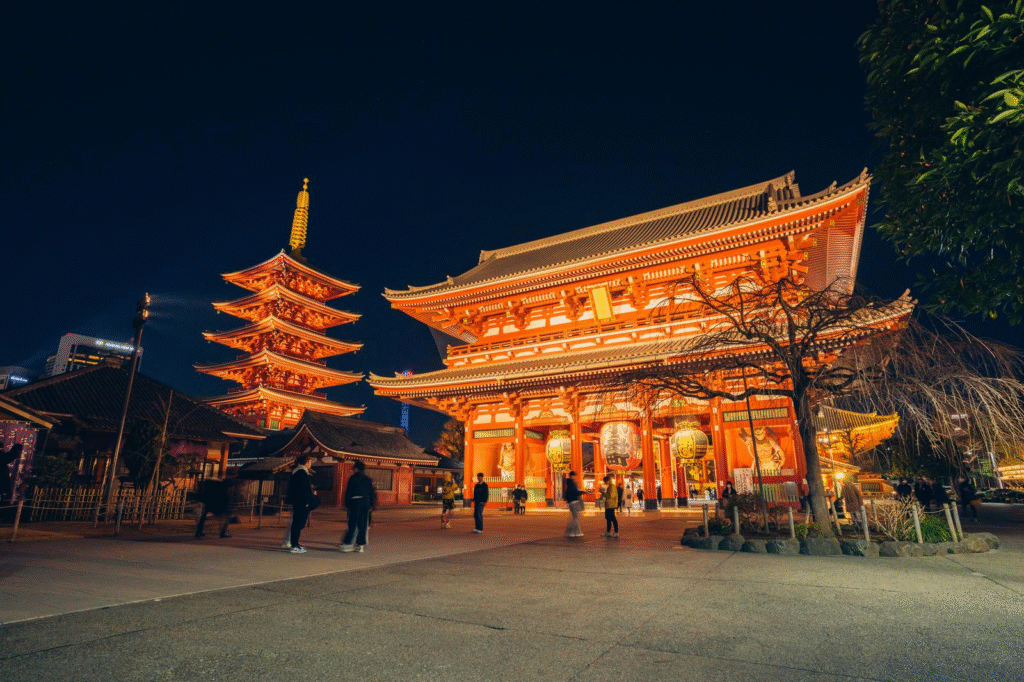Japan has one of the best public transportation systems in the world — super clean, safe, and always on time.
But… if it’s your first time here, it can also feel like a total maze.
Different train companies, strange ticket machines, Japanese-only signs…
I get it. It’s easy to feel lost.
I’ve met so many travelers who ask things like:
“Wait, do I need a JR Pass for this?”
“What’s an IC card — and which one should I get?”
“How the heck do I buy a train ticket?”
No worries — I’ve got you.
I’m a local Japanese living near Mt. Fuji, and I put together this easy guide to help you figure it all out.
Let’s make getting around Japan simple (and maybe even fun).
Quick Navigation
🧭 Related Articles You Might Enjoy:
If you’re curious about how to better enjoy Japan’s cultural side while traveling, these local guides can help:
- 🍣Discover Japan: A Gentle Introduction to Its Culture and Way of Life
- ♨️ How to Use a Japanese Onsen: Easy Etiquette Guide for First-Time Visitors
Introduction
If you’re planning to explore Japan, chances are you’ll be using trains, subways, and buses a lot.
The good news? Japan’s public transport is super reliable and covers almost everywhere you want to go.
The tricky part?
There are so many options — JR lines, private railways, local buses, IC cards, paper tickets, the Shinkansen…
It can feel like you need a degree just to figure out how to get from point A to point B.
But don’t stress.
Once you know the basics, getting around is actually pretty simple.
In this guide, I’ll break it down for you — step by step — so you can travel smoothly and focus on the fun stuff (like the ramen and Mt. Fuji views).
Let’s jump in!
IC Cards — The Easiest Way to Get Around
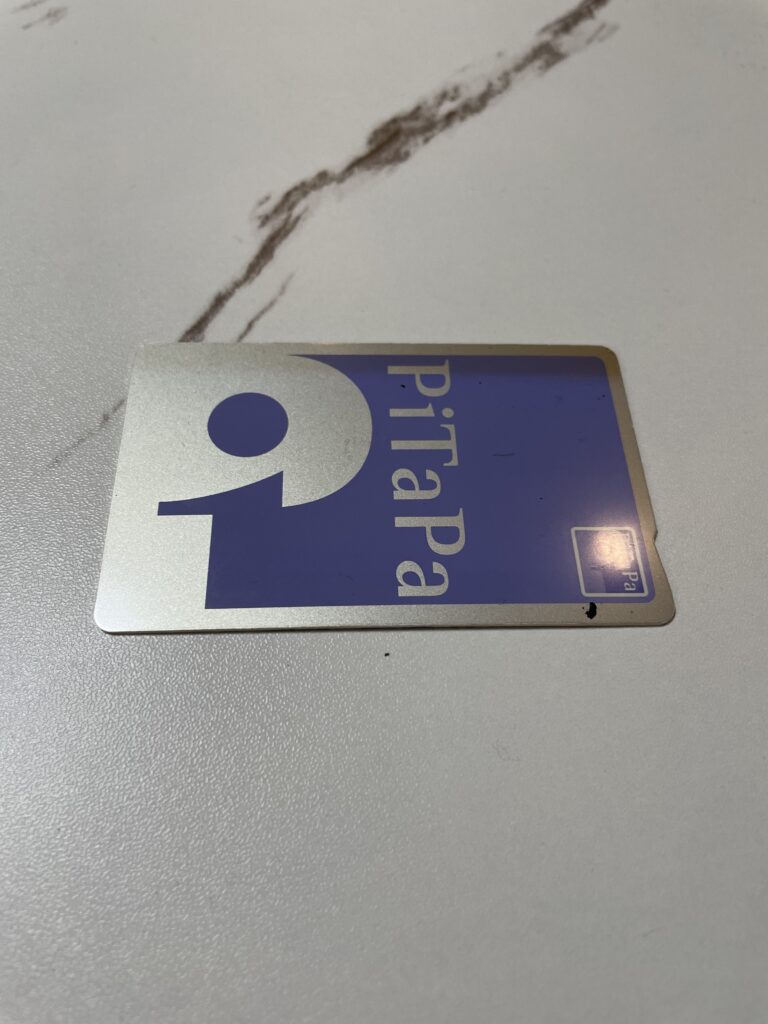
What are IC cards? (Suica, Pasmo, ICOCA, etc.)
IC cards are rechargeable smart cards that make traveling around Japan much easier.
Instead of buying a paper ticket every time you take a train or bus, you can simply tap your card at the ticket gates.
Some of the most common IC cards include:
- Suica (Tokyo area)
- Pasmo (Tokyo area, similar to Suica)
- ICOCA or PiTaPa (Osaka, Kyoto, Kansai area)
- Kitaca, TOICA, SUGOCA, nimoca, Hayakaken (regional cards)
Good news: these cards are mostly compatible with each other across Japan.
So, for example, if you buy a Suica in Tokyo, you can also use it in Osaka or Kyoto without any problems.
How to get one and how to use it
You can buy an IC card at most train stations — either from a ticket machine or at the counter (Midori no Madoguchi for JR stations).
The card usually costs around ¥500 as a deposit, and you can add as much credit as you need.
Simply tap your card on the reader at the ticket gates when you enter and exit.
💡 Tip: If your card runs out of money, you can recharge it at machines or convenience stores like 7-Eleven, FamilyMart, or Lawson.
Where can you use IC cards?
IC cards work on:
- 🚆 Most trains and subways across Japan
- 🚌 Buses in many major cities
- 🏪 Convenience stores, vending machines, and some shops
However, IC cards may not work on some rural buses or small private railways — it’s always good to check the sign near the entrance.
If you’re planning to travel between many different cities, an IC card is one of the easiest and most flexible ways to pay for transportation.
Buying Train and Subway Tickets
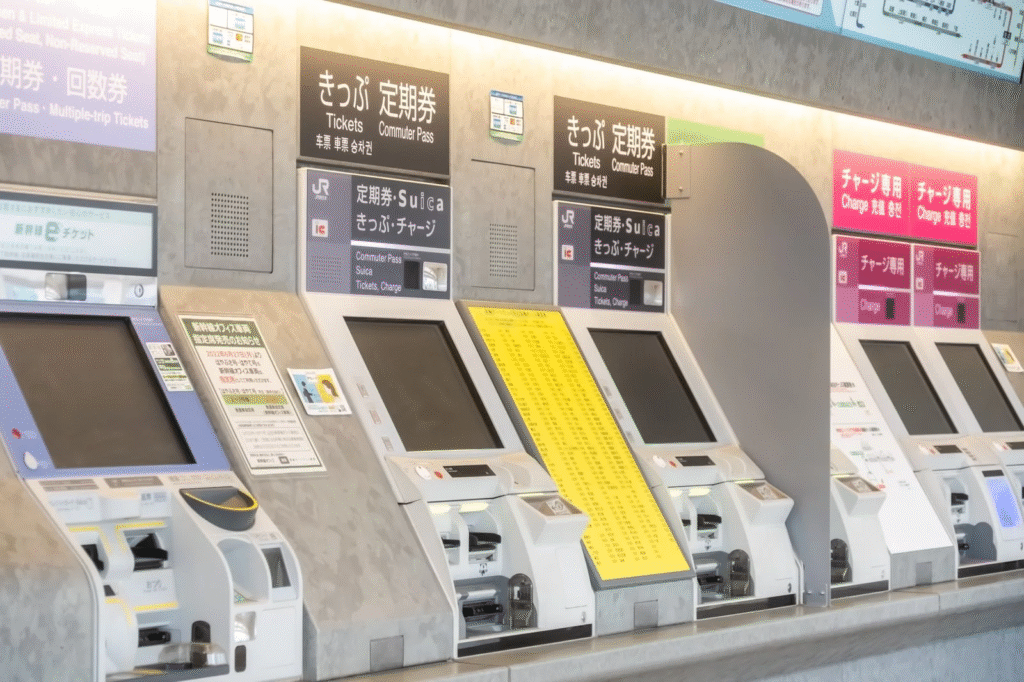
How to use ticket machines (with English option)
If you don’t have an IC card, or if you’re traveling on a line where IC cards aren’t accepted, you’ll need to buy a paper ticket.
The good news:
Most ticket machines at train and subway stations in Japan have an English language option.
Here’s how to buy a ticket
- 👀 Find the fare chart above the ticket machines — it shows the price to your destination.
- 🖱️ Select “English” on the machine screen.
- 🚉 Choose the number of passengers.
- 💴 Insert cash (coins or bills) — most machines don’t accept credit cards.
- 🎫 Take your ticket and change.
💡 Tip: If you’re unsure about the fare, you can buy the cheapest ticket and pay the difference at the fare adjustment machine when you arrive.
When to buy a paper ticket vs. use an IC card

In most big cities (like Tokyo, Osaka, Kyoto), using an IC card is easier and faster than buying paper tickets every time.
However, paper tickets may still be useful if:
- 🚆 You’re taking a train in a rural area where IC cards aren’t accepted.
- 🎟️ You plan to use a special one-day pass or discount ticket.
- 👥 You’re traveling with a group and want to buy all tickets together.
For most first-time visitors exploring major cities, IC cards are usually the best choice.
But it’s good to know how to use ticket machines — just in case!
Understanding Japan’s Train System
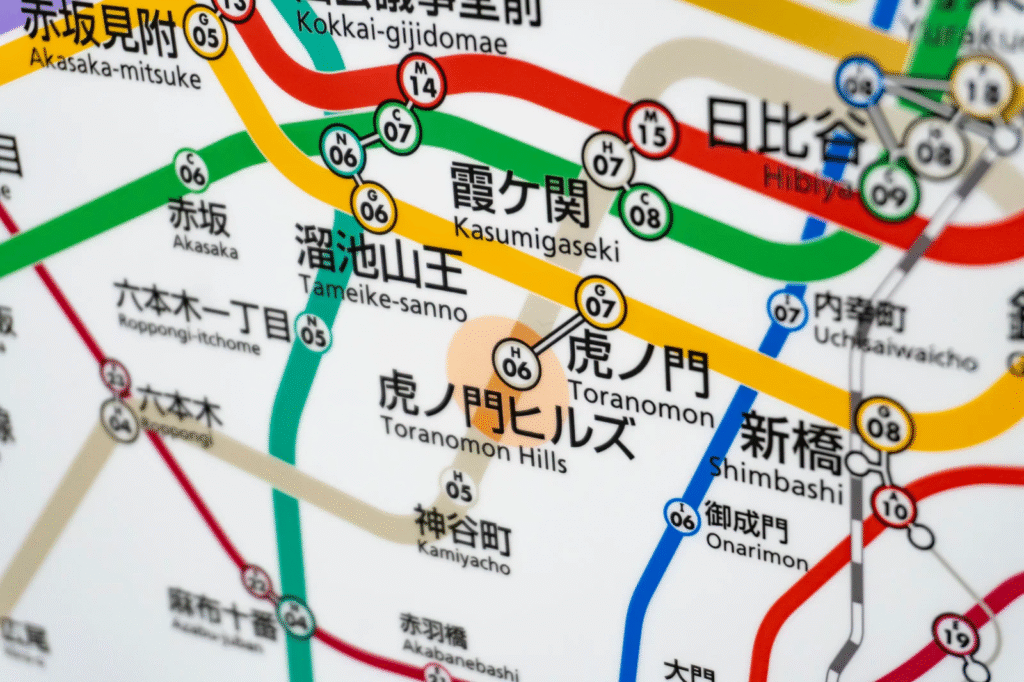
Local, Rapid, Limited Express — What’s the difference?
When you look at the train schedule in Japan, you’ll often see different types of trains running on the same line:
- 🚆 Local (普通 / Futsu): Stops at every station.
- 🚆 Rapid (快速 / Kaisoku): Skips some smaller stations, faster than local.
- 🚆 Limited Express (特急 / Tokkyu): Stops at only major stations, often requires an extra fee.
- 🚄 Shinkansen (新幹線 / Bullet Train): High-speed trains between cities, special tickets required.
💡 Tip: Always check the train type before boarding — Rapid and Local trains may look similar, but they stop at different stations.
JR Lines vs. Private Lines — What you need to know
Japan’s train system is operated by many different companies, not just one.
The biggest one is JR (Japan Railways), which runs most of the long-distance trains, including the Shinkansen.
There are also many private railway companies, especially in big cities like Tokyo and Osaka (examples: Keio, Hankyu, Odakyu, Kintetsu, etc.).
Here’s what you need to know:
- ✅ JR Pass only works on JR lines — not on private railways.
- ✅ IC cards like Suica and Pasmo work on both JR and private lines.
- ✅ Pay attention to the line names on the maps — they are usually color-coded.
Example: In Tokyo, JR operates the Yamanote Line (green loop line), but the Tokyo Metro is a private company.
Tips for reading train maps and station signs
Japan’s train stations usually have:
- 🗺️ Color-coded maps — each line has its own color.
- 📍 Station numbers (like G12 for Ginza Line station 12) — super helpful for non-Japanese speakers.
- 🏷️ English station names — printed under the Japanese names.
💡 Pro tip: When using Google Maps or Japan Transit Planner, look for the line color and station number.
This makes it much easier to double-check your route.
Also, listen for the station announcements on the train — most major lines announce in both Japanese and English.
Using the Shinkansen (Bullet Train)
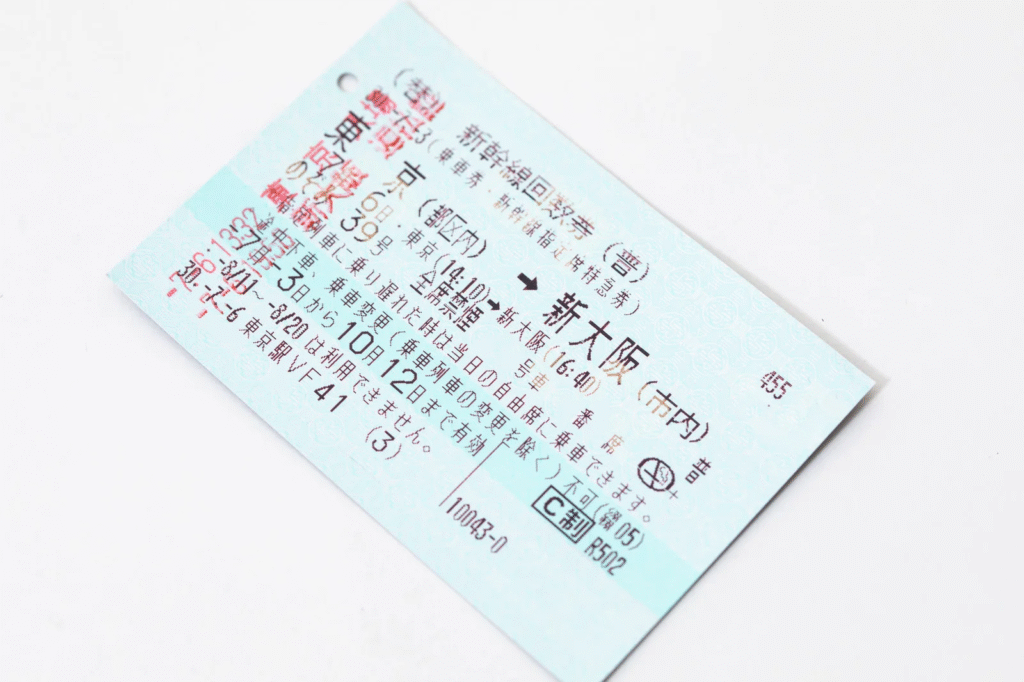
How to buy Shinkansen tickets (at machines or counters)
The Shinkansen (新幹線), also known as the bullet train, is the fastest and most comfortable way to travel between major cities in Japan.
There are two main ways to buy Shinkansen tickets:
- 🎟️ At ticket machines (with English option available at major stations).
- 🪟 At the ticket counter (Midori no Madoguchi), where you can speak to a staff member and ask questions.
💡 Tip: Booking in advance is a good idea during busy seasons (like Golden Week, New Year, and Obon holidays).
You can also reserve tickets online through services like JR East Train Reservation or SmartEX (for Tokaido, Sanyo, and Kyushu Shinkansen).
Reserved vs. non-reserved seats
When buying a Shinkansen ticket, you’ll be asked to choose between:
- 🪑 Reserved seat (指定席 / Shiteiseki): You get an assigned seat number.
- 💺 Non-reserved seat (自由席 / Jiyuuseki): First-come, first-served seating in certain cars.
Which one should you choose?
- ✅ Reserved seat: Recommended if you want a guaranteed seat, especially for longer trips or during busy times.
- ✅ Non-reserved seat: Fine for short trips and off-peak hours, usually a little cheaper.
Check the car numbers on the train platform — they will show which cars are non-reserved and which are reserved.
Japan Rail Pass — Who can use it and is it worth it?
The Japan Rail Pass (JR Pass) is a special discounted ticket for foreign tourists, allowing unlimited travel on JR trains — including the Shinkansen (except Nozomi and Mizuho trains).
Things to know about the JR Pass:
- 🌏 Only available for short-term visitors (tourist visa holders).
- 🗓️ Can be purchased before your trip (outside Japan) or at certain locations inside Japan.
- 🛤️ Offers 7-day, 14-day, and 21-day options.
💡 Is it worth it?
The JR Pass is a great deal if you plan to travel between multiple cities (like Tokyo → Kyoto → Osaka → Hiroshima).
If you’re staying mainly in one region, local passes or IC cards might be cheaper.
Use a fare calculator or Google “JR Pass worth it” to check your itinerary before buying.
Taking Buses in Japan

City buses vs. long-distance buses
In Japan, there are two main types of buses:
- 🚌 City buses: Local routes within cities and towns.
- 🚌 Long-distance highway buses: Travel between cities (often cheaper than the Shinkansen, but slower).
💡 City buses are great for short trips within places like Kyoto or Hiroshima, especially when visiting temples or sightseeing spots where trains don’t go.
Long-distance buses (like Willer Express or JR Highway Bus) are useful if you’re traveling on a budget and have time to spare.
How to pay and how to know where to get off
💴 How to pay:
- Many city buses accept IC cards (Suica, Pasmo, etc.) — just tap your card when you get on or off (depending on the system).
- If IC cards aren’t available, you can pay with cash. Make sure to have exact change (especially coins).
⚠️ Some buses require you to take a numbered ticket when you board — the number matches the fare shown on a screen near the driver. Pay the correct amount when you get off.
📍 How to know where to get off:
- Bus stops are usually displayed on an LED screen at the front of the bus (often with English).
- Push the stop button near your seat when your stop is announced.
💡 Pro tip: Use Google Maps for real-time navigation — it usually tells you which bus to take, where to get on, and where to get off.
Other Helpful Transport Tips
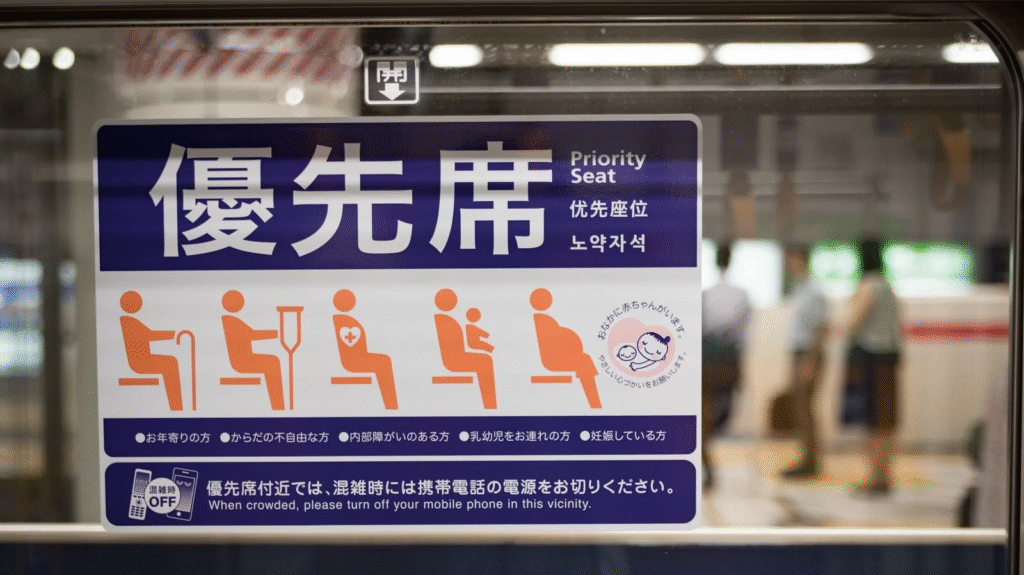
Getting around Japan is much easier when you use navigation apps.
Here are some of the most helpful ones for travelers:
- 📱 Google Maps: Reliable for train, subway, and bus routes. Shows platform numbers and transfer options.
- 🚄 Japan Transit Planner (by Jorudan): Good for detailed train schedules, including Shinkansen.
- 📱 Navitime for Japan Travel: Offers offline maps, route planning, and even Wi-Fi spot search.
💡Always check the last train time if you’re staying out late — many train lines stop running around midnight.
Etiquette when using public transport
Japanese trains and buses are usually very quiet — even during busy hours.
Good manners help keep the system comfortable for everyone.
Here’s what to remember:
- Keep your voice low and avoid loud conversations.
- Don’t talk on the phone while on the train or bus.
- Use headphones if listening to music or videos.
- Hold or place large bags on your lap instead of taking up extra seats.
- Offer your seat to elderly people, pregnant women, or those with disabilities (look for priority seating signs).
💡 Respecting these small things makes your journey smoother — and helps you enjoy Japan like a local.
Conclusion
Japan’s transportation system might feel complicated at first — with so many train lines, bus routes, and ticket options.
But once you understand the basics, it’s actually one of the easiest and most reliable ways to travel.
The good news?
You don’t need to master everything perfectly from the start.
Even many Japanese people feel confused sometimes, especially when traveling to a new city or using buses they’re not familiar with.
As long as you know the main points (like how to use an IC card, how to buy a ticket, and how to read the signs), you’ll be just fine.
And if you’re ever unsure, don’t hesitate to ask station staff — they are usually very kind and helpful.
I hope this guide helps you feel more confident and makes your journey smoother.
Enjoy your trip — and take your time to explore Japan at your own pace.
If you found this guide helpful, here are some other articles you might enjoy:
👉 10 Essential Japan Travel Tips for First-Time Visitors
A must-read collection of basic tips to help you feel more confident during your trip to Japan.
👉 Mastering Japanese Etiquette: Essential Manners for Respectful Travelers
Learn about Japanese manners and cultural customs — from bowing to table etiquette — so you can enjoy your journey with respect and care.


